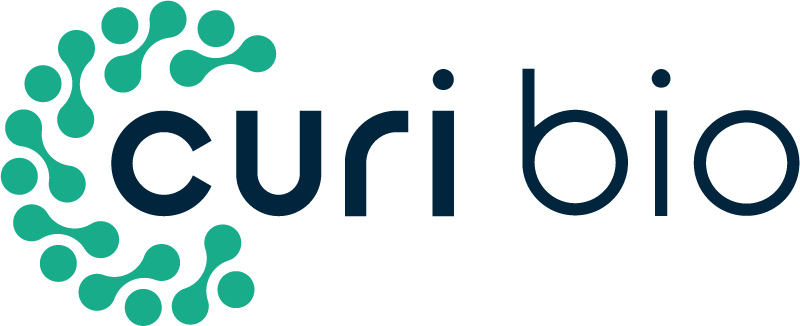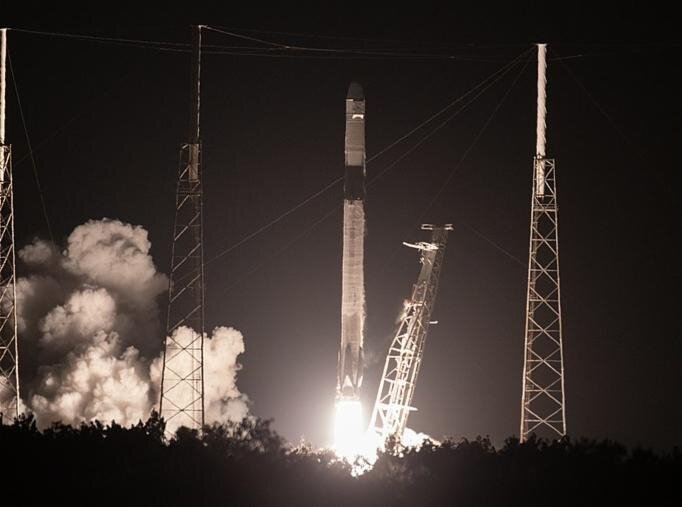NanoSurface Bio Executes Exclusive License of Heart-on-Chip Technology Launched Into Space
A SpaceX rocket lifts off from Space Launch Complex 40 at Cape Canaveral Air Force Station in Florida on March 6, 2020, carrying heart-on-chip technology exclusively licensed by NanoSurface Bio.
NanoSurface Biomedical announced today that it has executed an exclusive IP license agreement related to innovative heart-on-chip technology developed by researchers at the University of Washington (UW). An experimental system built from the same heart-on-chip technology was launched into space on Friday, March 6, 2020 at 11:50 PM EST aboard SpaceX's 20th resupply mission to the International Space Station (ISS) as part of the Tissue Chips in Space initiative conducted in partnership between the National Center for Advancing Translational Sciences (NCATS) and the ISS U.S. National Laboratory (ISS National Lab). NanoSurface will commercialize the heart-on-chip platform for use by pharmaceutical companies in preclinical drug development.
The heart-on-chip system will spend 30 days aboard the ISS as part of a series of experiments intended to study the effects of microgravity on human cells and tissues. “In space we are using the heart-on-chip system in microgravity conditions to help improve our understanding of the aging process and cardiac biology, but this heart-on-chip system also has enormous potential for accelerating the discovery of new medicines back here on Earth,” said Deok-Ho Kim, an Associate Professor of biomedical engineering and medicine at Johns Hopkins University, the principal investigator for the heart-on-chip experiment aboard the ISS, and the scientific founder of NanoSurface Bio.
The heart-on-chip platform uses three-dimensional engineered cardiac tissues (3D ECTs) grown from human cardiomyocytes, or beating heart cells, derived from induced pluripotent stem cells (iPSCs). As the 3D ECTs beat, researchers can measure the amount of force generated by each contraction, and then evaluate how that force changes after treating the tissues with candidate drugs. 3D ECTs can be made from cells from either healthy individuals or individuals with diseases, offering great promise in predictive preclinical testing of candidate drugs for safety and efficacy.
“I am incredibly excited that the talented team at NanoSurface will be carrying this technology forward for use in the drug development industry,” said Nathan Sniadecki, one of the inventors of the heart-on-chip technology and a professor of mechanical engineering at UW. Last year, Professor Sniadecki joined NanoSurface’s board of scientific advisors to guide the commercial development of the technology.
NanoSurface Bio’s execution of this exclusive license adds significant value to the portfolio of IP it has already licensed from researchers at UW. “It is well recognized that the drug development process is extremely slow and expensive. At NanoSurface we are eager to develop technologies that enable the use of human iPSC-derived cells and tissues in preclinical drug development, ultimately leading to better prediction of how drugs will affect patients in the clinic, lowering costs, and speeding life-saving medicines to market,” said NanoSurface CEO Michael Cho.
To read the full release, please click here.

